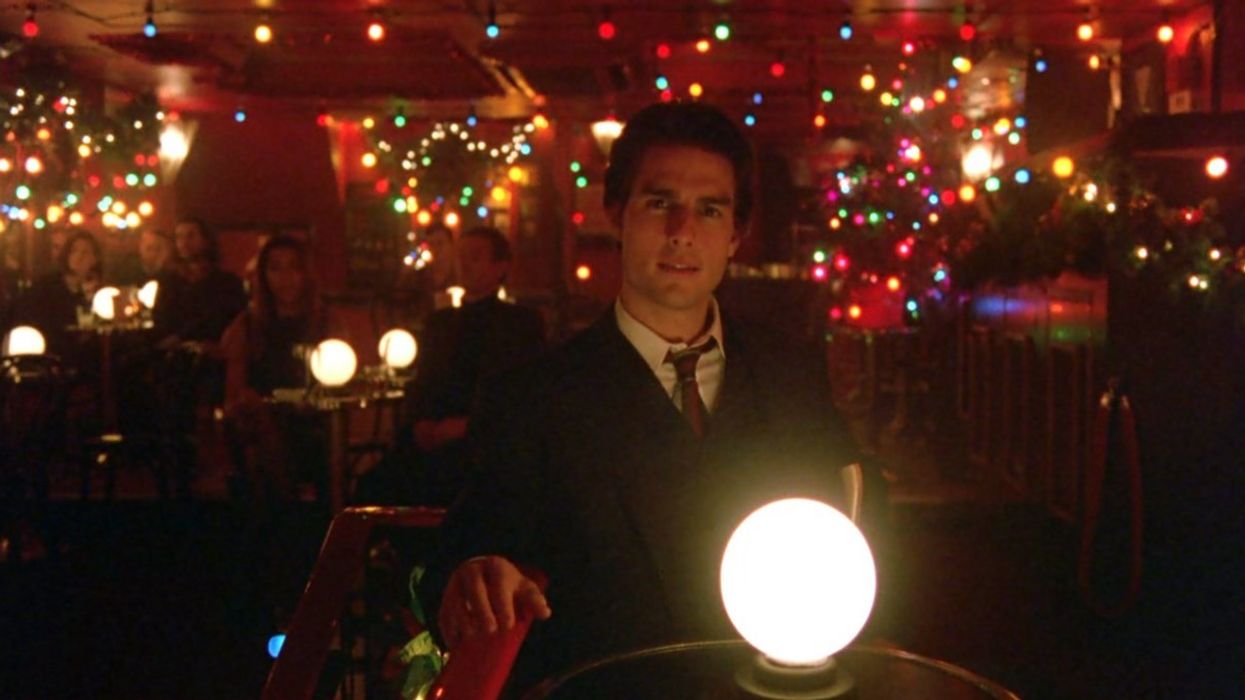Watch: How Stanley Kubrick Mastered Practical Lighting
Is Stanley Kubrick responsible for cinema's shift to practical lighting?

As many of you know, practical lights can be defined as light sources visible within the frame that also serve to light the scene. These can include everything from lamps to candles to a blazing inferno.
Stanley Kubrick was one of the greatest popularizers of this technique, famously lighting much of the great Barry Lyndon’s interiors entirely by candlelight. Not only did this produce beautiful imagery, but it was also historically accurate for the picture and helped audiences suspend their disbelief.
As Entertain the Elk points out, “if the lighting is unbelievable, it will distract and take the audience out of the story.” This is the virtue of practical lighting.
Many classic Hollywood films employed the three-point lighting system, in which a subject is surrounded by three off-camera lights. The key light is the principal and often brightest light, which focuses directly on the subject. The second light, known as the fill light, is placed at the side of the subject and is employed to reduce any shadows created by the aforementioned key light. Lastly, the back light shines on the back of the subject in order to make it pop out from the background.

Nothing about the three-point system promotes verisimilitude—there are no shadows on the subjects' faces, and everything looks pristine, as if the action happening on screen has a false perfection to it.
Because Kubrick wanted to inject realism into his films, practical lighting was his main entry point. Employing practical light in Kubrick’s fashion makes the audience feel as if they’re in on the scene; they see where the light is coming from and how it plays naturally upon the film's subjects.
Today, practical lighting is much more widely used, but perhaps that wouldn’t be the case if Kubrick had never rejected the classic Hollywood system and experimented on his own.
Source: Entertain the Elk












